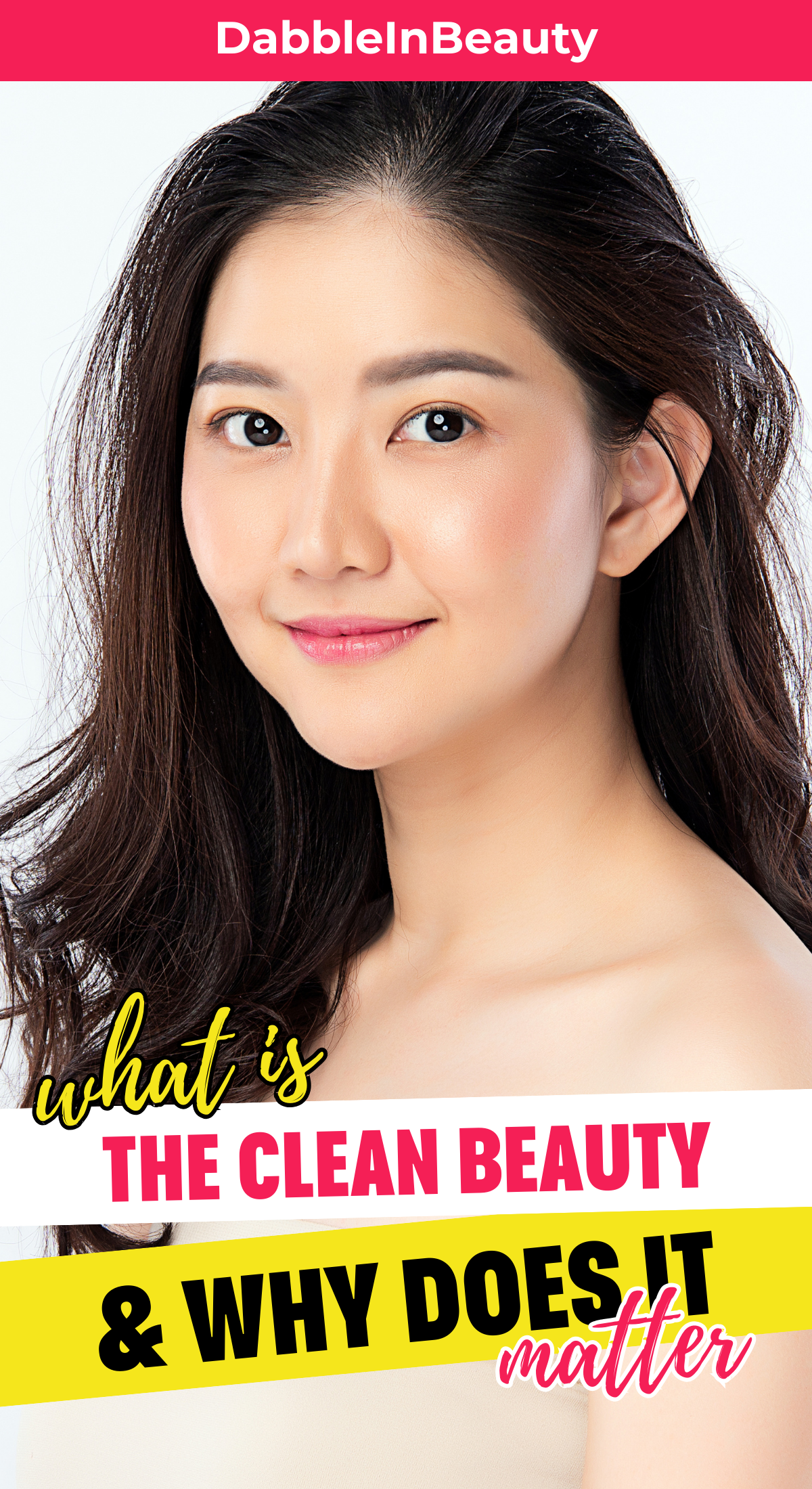Since 1938, over 80,000 chemicals have been added to personal care products. Yet, only 10% have been tested for safety on humans. This fact shows why the clean beauty movement is so important. It’s about choosing products that are natural, non-toxic, and sustainable.
These products use plant-based ingredients and are tested on humans in a responsible way. It’s a choice that puts your health and the planet first.
In the U.S., the clean beauty market is a big deal, making up nearly one-third of the total beauty market. It’s expected to grow by 12% from 2020 to 2027. This shows that more people are choosing natural beauty products over conventional ones.
They want to avoid the risks that come with some beauty products. They’re looking for products that are non-toxic, sustainable, vegan, cruelty-free, and organic. So, we’ll be learning what is clean beauty and why does it matter.
Now, clean beauty is also big on social media. It has 5.6 million hashtag views on Instagram and 1.2 billion on TikTok. This shows how popular and important this movement has become. As people learn more about what’s in their beauty products, the clean beauty trend is here to stay.
Understanding the Clean Beauty Movement
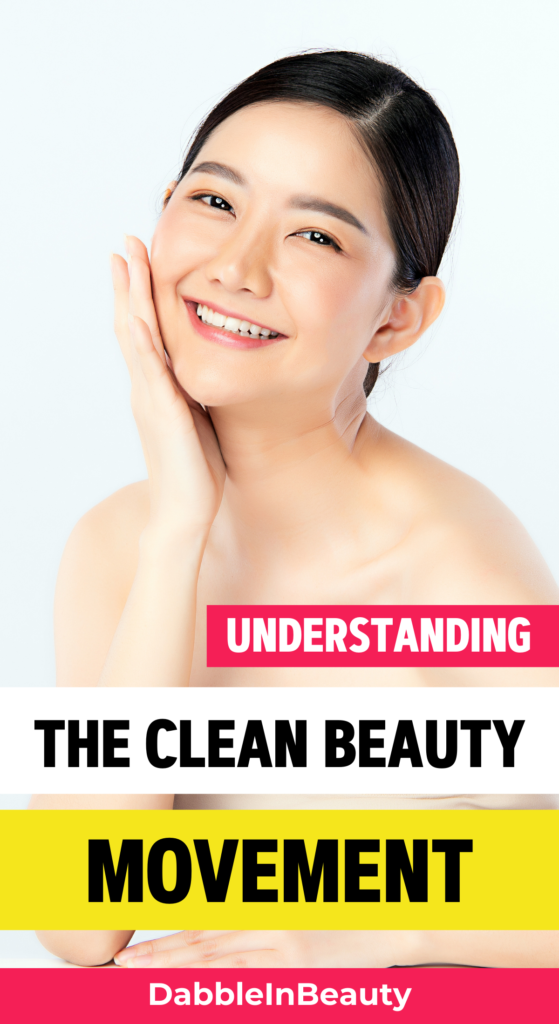
More people are now aware of the risks in traditional beauty products. They worry about toxic chemicals like parabens and synthetic fragrances. This has made them look for safer, natural options.
The Rise of Clean Beauty Awareness
The clean beauty movement started with the wellness trend in the late 2000s. Consumers wanted products with fewer ingredients. Health risks from chemicals like parabens and phthalates pushed for clean beauty.
Lack of Clear Definition and Regulation
The term “clean beauty” is not clearly defined. There’s no agreement on what ingredients to avoid or use. The US beauty industry has few rules, unlike the EU which has banned over 1,300 ingredients. This confusion affects the clean beauty market.
People want products that are good for the planet and kind to animals. Clean beauty means using safe, eco-friendly ingredients. It means avoiding harmful substances like parabens and synthetic fragrances.
“Within the $19 billion “prestige beauty” market, skin-care labels positioning themselves as natural experienced a 14% year-over-year growth in 2019, while clean brands witnessed a substantial 39% increase.”
Big companies like Walmart and Unilever are now entering the clean beauty market. But, the unclear rules and changing definitions cause confusion. This makes it hard for consumers to know what’s truly clean.
What is Clean Beauty and Why Does It Matter

Clean beauty is a movement focusing on health and the environment in the beauty industry. It means choosing products without harmful ingredients and using natural, plant-based ones. This approach helps reduce our exposure to toxic chemicals and supports a sustainable beauty industry.
Choosing clean beauty products helps us avoid harmful substances like parabens and synthetic fragrances. These products also offer clear information about their ingredients and how they are made. This transparency is what many consumers are looking for.
“Up to 60 percent of what is applied to the skin can make its way into the bloodstream.”
The U.S. has fewer rules for cosmetics than other countries. The European Union has banned over 1,300 ingredients, while Canada has banned 500. But the U.S. has only banned 30 toxic substances. This shows why it’s crucial for consumers to be careful about what they use on their skin.
By choosing clean beauty, we can improve our health and the planet. As more people want transparent and sustainable beauty products, the industry will change for the better. This shift will lead to a more responsible and conscious future.
Potential Risks of Conventional Beauty Products
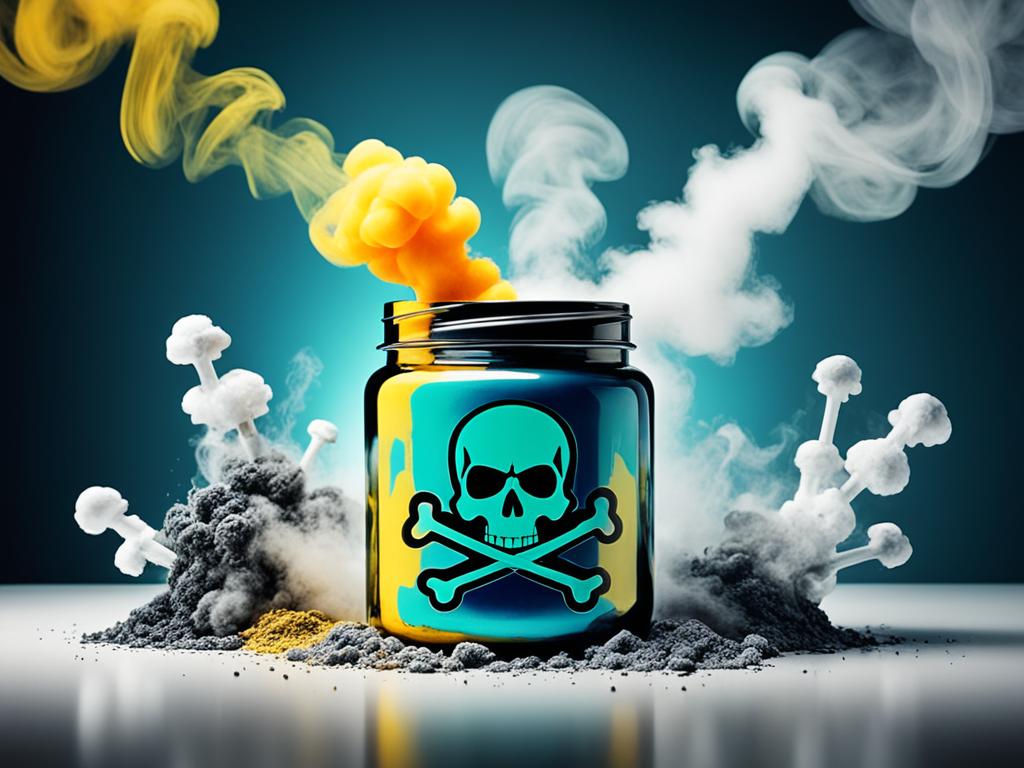
Many beauty products have harmful ingredients like parabens, phthalates, and talc. These toxic ingredients in beauty can cause health issues. They include hormone problems, cancer, and skin irritation.
Concerns About Toxic Ingredients
The cosmetic industry says these chemicals in personal care products are safe. But, there’s worry about the long-term effects. People using many beauty products every day could face health risks.
We don’t fully understand the long-term effects of these ingredients yet. Research on chronic, low-level exposure is still limited.
“There is growing concern about the cumulative and long-term effects of chronic exposure, especially for individuals who use a wide variety of beauty products daily.”
The risks of conventional beauty products push people towards safer, clearer options. They want products that focus on their health and well-being.
Clean Beauty Ingredients and Formulations
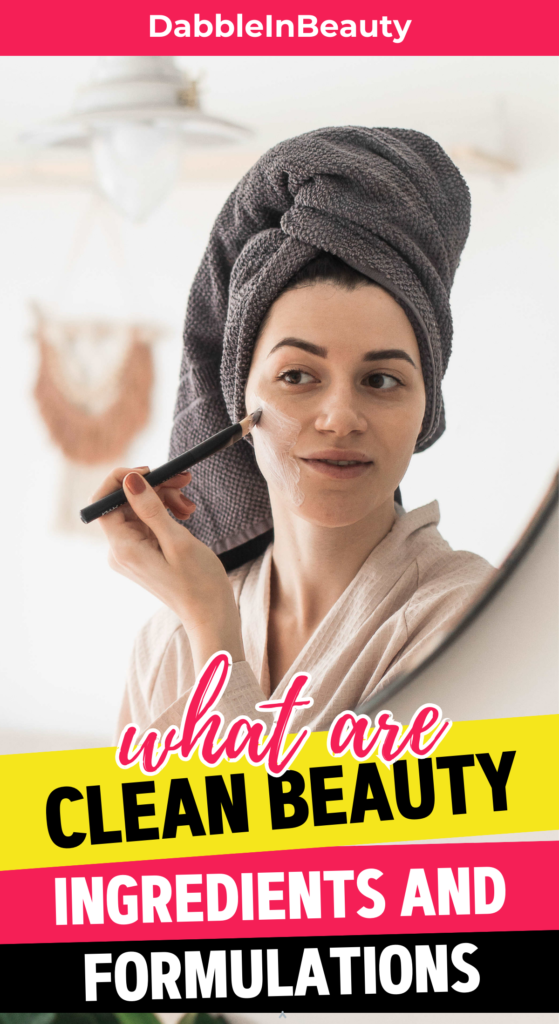
Clean beauty focuses on plant-based, natural, and non-toxic ingredients. These ingredients are better for our skin and the planet. They avoid harsh chemicals like parabens and synthetic fragrances.
Plant-Based and Natural Ingredients
Clean beauty brands use essential oils and botanical extracts. These ingredients are chosen for their benefits. They include soothing aloe vera and nourishing shea butter.
By using nature’s power, clean beauty offers a healthier choice. It’s an alternative to traditional beauty products.
Free from Harsh Chemicals and Synthetics
Clean beauty is all about avoiding harsh chemicals and synthetics. Ingredients like parabens and synthetic fragrances are not used. Instead, clean beauty focuses on non-toxic and gentle formulas.
“The European Union standard is noted in the text as the highest standard for cosmetic products.”
The clean beauty movement is growing fast. Consumers want transparency and accountability from brands. Clean beauty uses natural and non-toxic ingredients for a holistic approach to personal care.
Clean Beauty Brands and Products
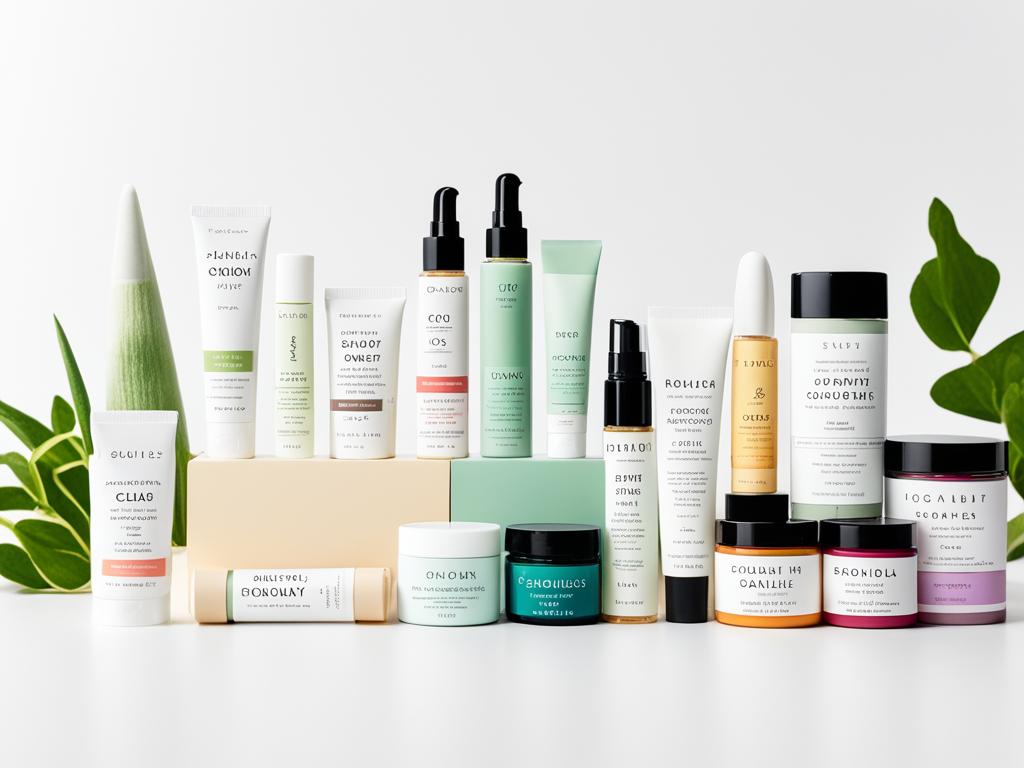
The demand for clean beauty has led to a boom in new brands. These clean beauty brands offer products made with plant-based and natural ingredients. They are also vegan, cruelty-free, and free from harsh chemicals.
Merit, Saie Beauty, Dior, and Stella McCartney are popular clean beauty brands. They have a variety of clean beauty products. These include liquid foundations, concealers, volumizing mascaras, eyeshadow palettes, and makeup remover wipes.
“Clean beauty promotes healthier skin using organic, vegan, cruelty-free ingredients.”
These clean beauty products avoid harmful chemicals like parabens and sulfates. This makes them a better choice for consumers. The clean beauty movement is growing, so we can expect more new brands and products.
Decoding Clean Beauty Labels and Claims
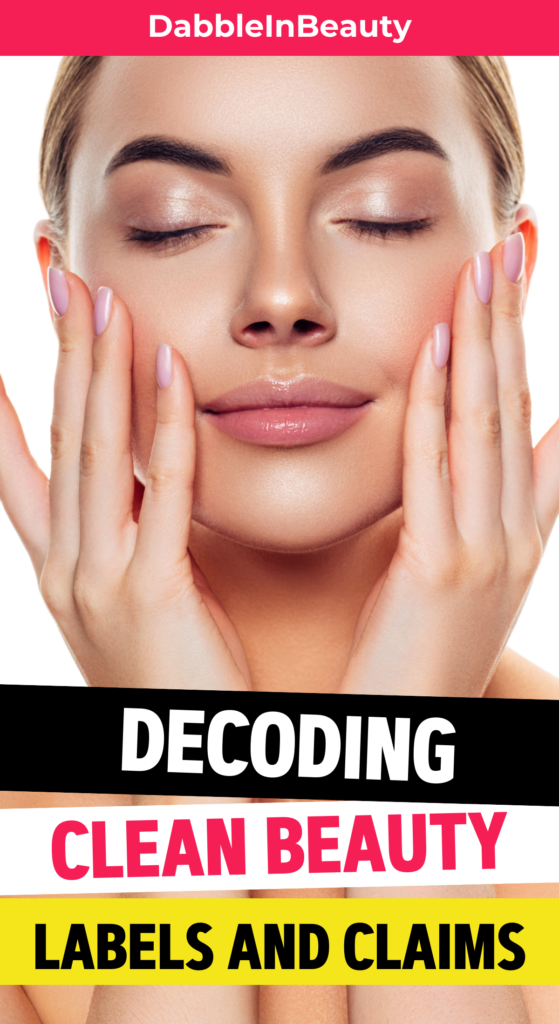
The clean beauty movement is getting more popular, with many products claiming to be “clean,” “natural,” or “organic.” But, there’s no clear rule on what these terms mean. This has led to some brands making false or unclear claims about their products.
It’s important for consumers to check the ingredient lists and look into clean beauty labels and clean beauty claims. This helps make sure they match the real ingredients and how they are made. Apps like Think Dirty and Yuka can help check beauty product safety. But, remember, their ratings might not cover everything that could affect your health.
Greenwashing and Misleading Labeling
Greenwashing in beauty is a big issue now, with some brands making false promises about their products. It’s key for consumers to research well and not just trust catchy marketing or vague “clean” labels. Knowing the real ingredients and how they are made helps consumers make choices that fit their values.
Recently, clean beauty labels and claims have become 44% more popular in skincare. Also, about 70% of people are willing to pay more for “clean beauty” products in cosmetics. This shows how important it is for brands to be honest with their clean beauty labels and clean beauty claims.
“78% of consumers trust transparent brands more than conventional companies, and 73% are willing to pay more for products from transparent brands.”
With more people wanting clean beauty, it’s vital for consumers to stay alert and research well. This ensures the clean beauty labels and clean beauty claims they see are true and not just greenwashing in beauty.
The Debate on Luxury and High-End Beauty Brands
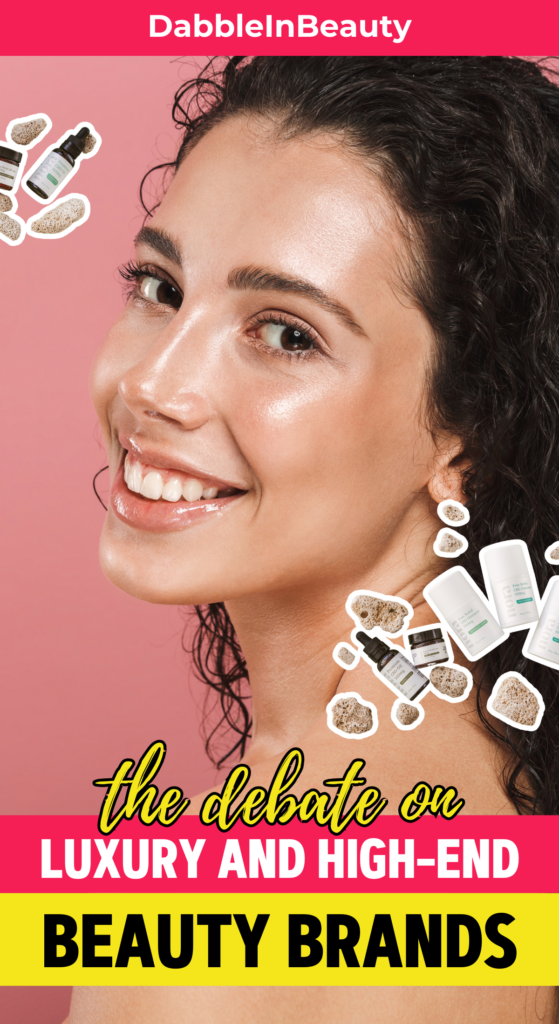
Many think luxury beauty brands use only clean, non-toxic ingredients. But, this isn’t always true. Some luxury brands may use harmful ingredients like those in cheaper products. Just because a product says it’s “green” or “natural” doesn’t mean it’s safe.
Customers need to check the ingredient lists and learn about the brand’s practices. This helps them know if a luxury beauty product meets their clean beauty standards. The clean beauty movement has made people question the truth behind luxury beauty brands. Some luxury high-end beauty brands are moving towards clean beauty in luxury brands. But, others are not yet committed to safer, sustainable ingredients.
“The issue with avoiding parabens lies in the lack of research on newer preservatives that are being used as substitutes, raising concerns about their safety.”
Consumers should be careful and not think a high price means a product is safe. It’s important to research and understand a brand’s commitment to clean beauty. This helps when choosing luxury beauty products.

Ethical and Sustainable Sourcing in Clean Beauty
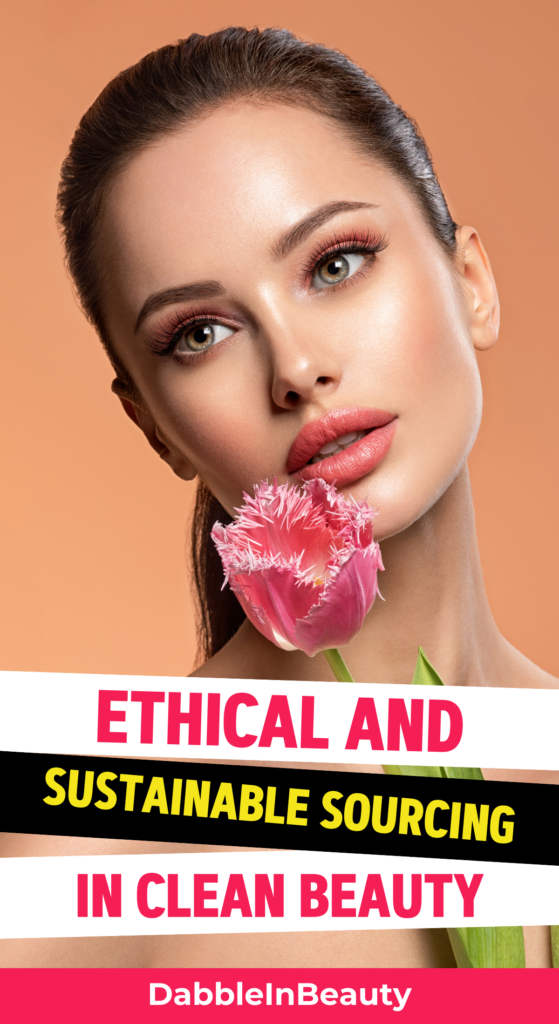
The clean beauty movement is growing fast. Brands now focus on using safe, non-toxic ingredients. They also make sure their supply chain is ethical and sustainable. This shows they care about being transparent, protecting the environment, and treating people right.
Brands pay special attention to where they get minerals like mica from. Some mica was once mined under bad conditions, like child labor. Clean beauty brands are now choosing suppliers that promise ethical mica, without these problems.
“By focusing on ethical and sustainable sourcing, clean beauty brands can help support responsible and environmentally-friendly practices throughout the supply chain, further strengthening the principles of the clean beauty movement.”
Clean beauty brands don’t just look at mica. They check how all their ingredients are sourced. This means working with small farmers, helping local communities, and using farming methods that are good for the planet.
Putting a focus on ethical sourcing in clean beauty and sustainable sourcing in clean beauty makes the industry better. It makes the supply chain clear and responsible. This is good for the planet and helps people making these products. It makes clean beauty even more meaningful.
Conclusion
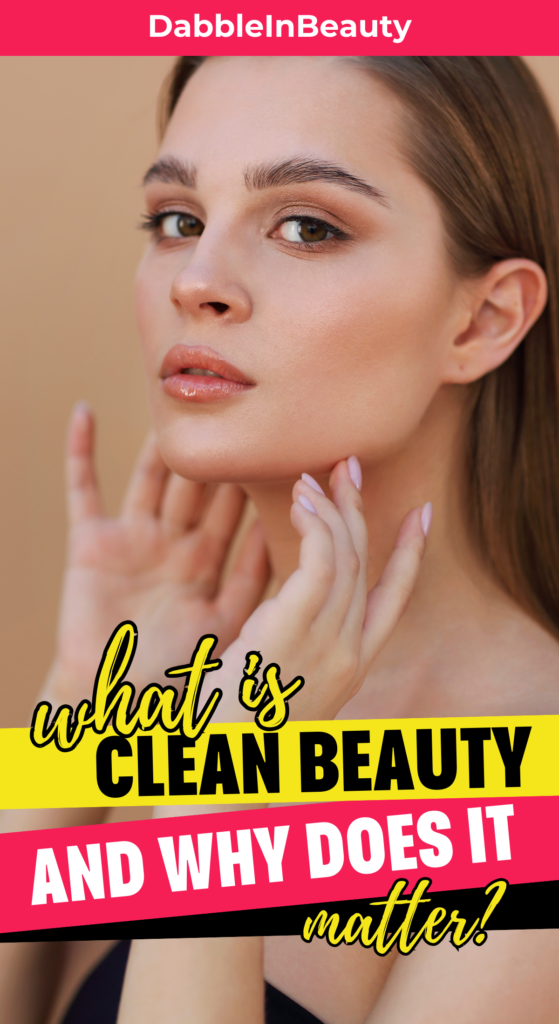
The clean beauty movement is growing fast as people learn about the health and environmental dangers of traditional beauty products. “Clean beauty” means using natural, safe ingredients and supporting sustainable practices. By choosing wisely, people can avoid harmful chemicals and help the beauty industry be more honest and responsible.
As the market for clean beauty grows, brands must be clear and honest with their customers. Already, nearly half of women use clean beauty products, and over 60 percent are willing to pay more for them. This shows a big demand for safer and greener beauty options. Clean beauty can lead to big changes in the industry, making things better for our health and the planet.
The push for clean beauty is strong because the European Union has banned over 1,000 chemicals in personal care products. In the U.S., only 11 chemicals are banned. This shows we need stricter rules and clearer labels to keep consumers safe. With studies showing dangers in products like parabens and phthalates, the need for clean beauty will keep growing.

